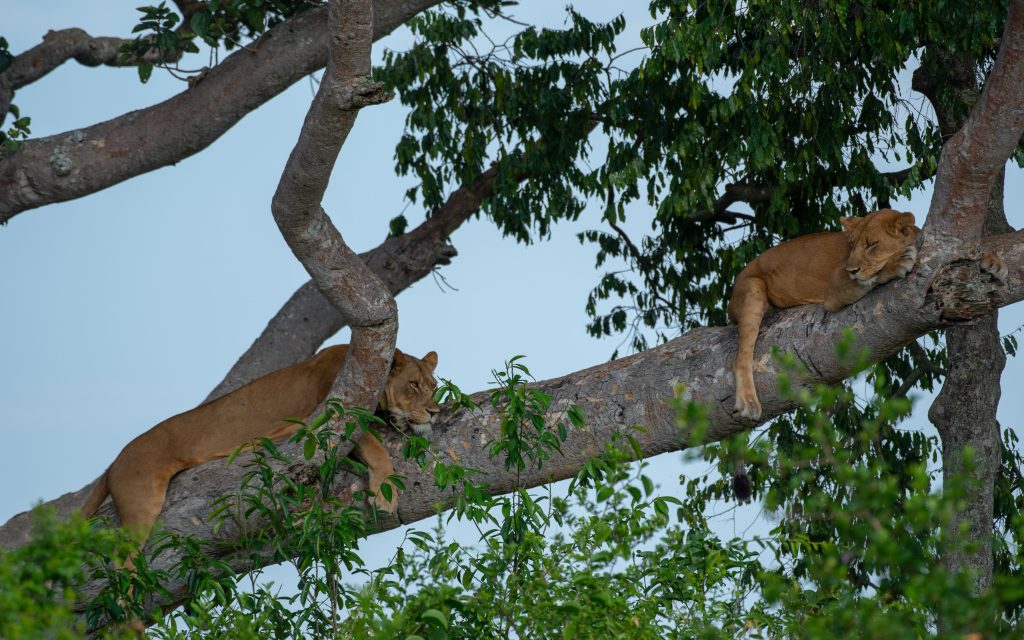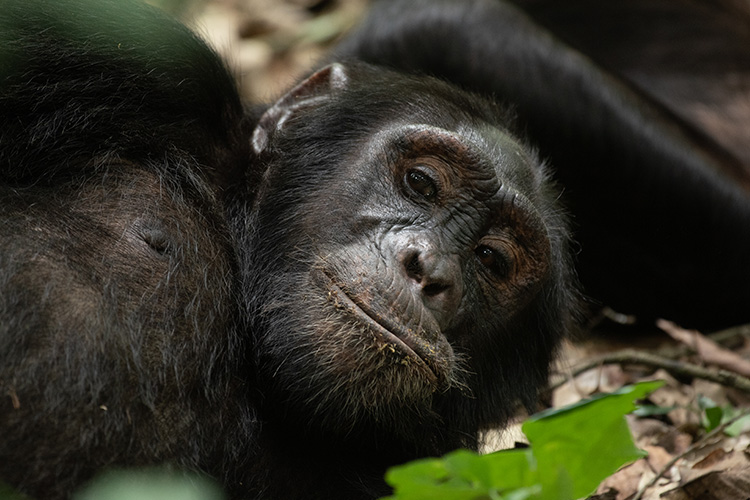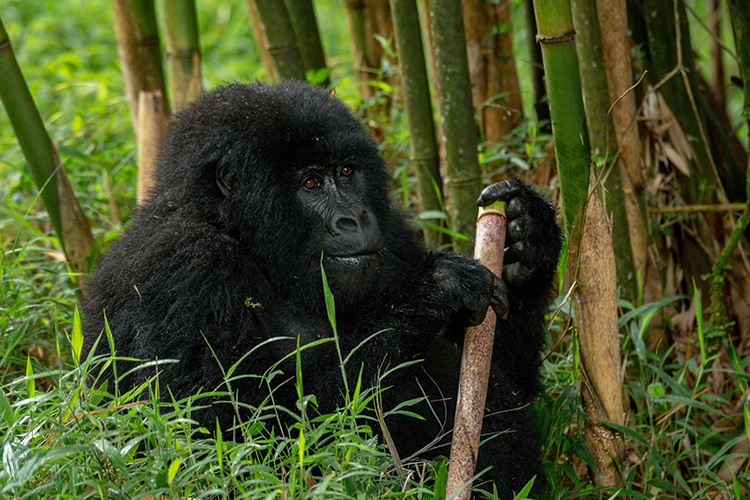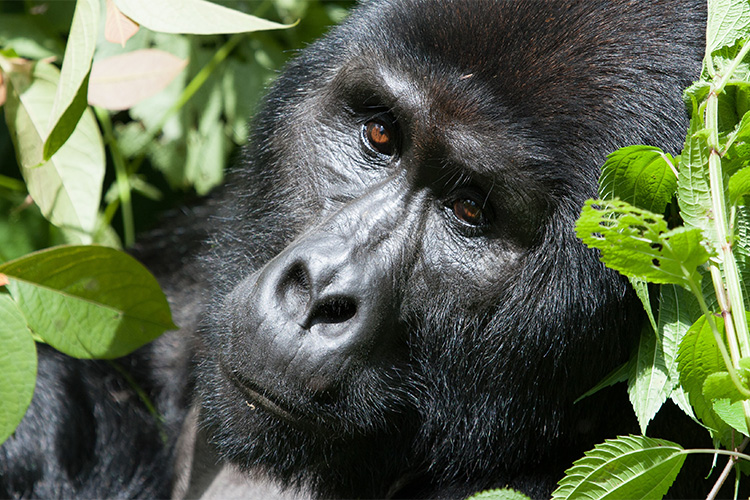When it was established in 1952, the park was then known as Kazinga National Park. The visit of the British Queen Elizabeth II in the early 1950’s impressed the government then so much the park was named in her honor. Queen Elizabeth National park never experiences long droughts like in the Maasai Maraa or Serengeti as a result of its location within the rain shadow of the Rwenzori mountain ranges. As a result of that, it has green scenery for most of the year. Even if the park didn’t have any wildlife, visitors would still be amazed by the share the sheer natural beauty consisting of great forests, woodlands, plains, lakes, rivers, gorges and other volcanic features (craters and volcanic cones). 95 mammal species have been recorded in the park including the waterbuck, warthogs, topi, Uganda Kobs, spotted hyenas, sitatunga, Serval cats, mangoose, leopards, large forest pigs, L’Hoest’s monkeys, Jackal, hippopotamus, genial, elephants, crocodiles, civet, chimpanzee, Buffaloes, black and white colobus monkeys.
Queen Elizabeth national park is a lion conservation unit and is home to over 200 lions including the intriguing tree climbing lions. Over 490 species of birds have been sighted in the park.
The main local tribes living near the parks boundaries are the Banyankore, Bakiga and Bakonjyo, The Bakiga and Bakonjo depend on subsistence agriculture while the Banyankore are known pastoralists. Salt mining is a popular economic activity especially among the Bakiga living near the park. The Uganda Wildlife Authority manages the park while also collaborating with several wildlife conservation organizations and teams of international and local researchers. Queen Elizabeth national park is close to Bwindi impenetrable forest, Kibale Forest National Park and Mgahinga National Park. This implies that visitors can combine a full wildlife safari and gorilla trekking in Bwindi Forest.









